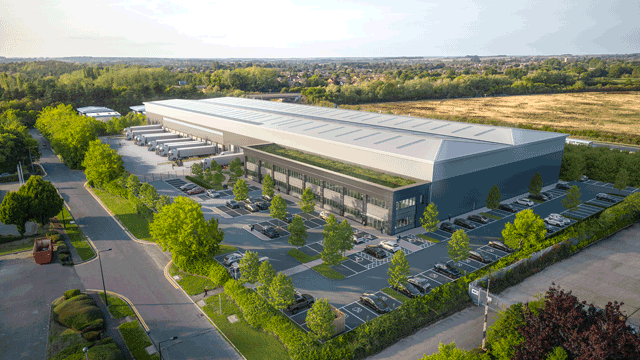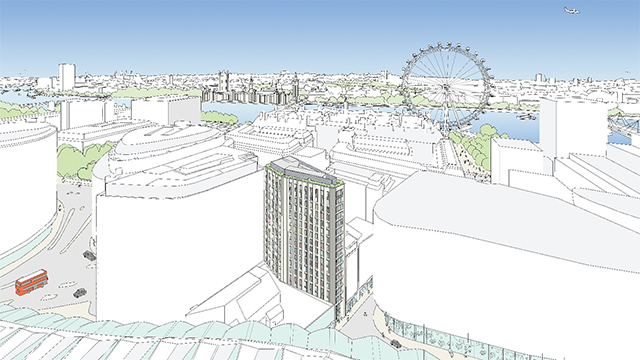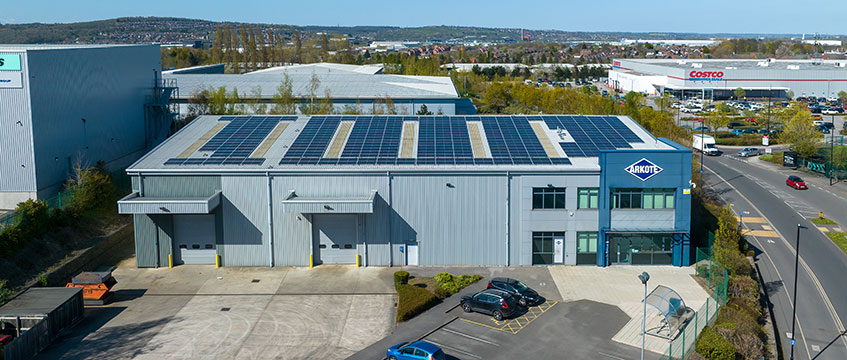Rents in the West End, Midtown and South Bank office markets for more than 5,000 sq ft are predicted to rise during the first half of next year, as long as there is no hard Brexit, according to new research from Carter Jonas.
However, landlords in the City may have to wait until the first half of 2021 to see any rental growth owing to the higher vacancy levels in this submarket.
Rents for new and refitted grade-A space in most parts of the West End, Midtown, South Bank, City and City fringe are forecast to rise by, typically, £2.50 per sq ft per annum over the two-year period to Q2 2021.
Carter Jonas said this growth would be driven by low vacancy and stronger than anticipated post-Brexit vote occupier demand.
In areas of acute low vacancy, such as Mayfair, Soho, Fitzrovia, Southwark and King’s Cross, the increase in rents is likely to be nearer to £5 per sq ft per annum over the same period.
Occupancy cost disparity
Since the second quarter of 2018, rent, business rates and service charge occupancy costs have increased by more than 3% in Farringdon, Canary Wharf, Holborn and Mayfair, mainly because of the construction of new grade-A developments setting new rent benchmarks.
In contrast, occupancy costs across many other parts of the London office market have increased by less than 1% over the same period.
But, despite the increase, Canary Wharf continues to offer the best value for new and refitted grade-A space with typical occupancy costs of £84.50 per sq ft per annum, along with Stratford where occupancy costs are around £71.10.
Meanwhile, in the City, occupancy costs for new grade-A office space are currently around £70 per sq ft per annum, lower than space of equivalent quality located in Mayfair and St James’s, where occupancy costs are typically £173.20 per sq ft per annum.
Static rent on-free periods
Rent-free periods across many parts of the London office market have remained broadly static during the 12 months to Q2 2019.
However, rent-free periods could decline by two to three months from their current levels, for a five to 10-year lease, by Q4 2020if a hard Brexit is avoided, Carter Jonas reported. This is especially the case in the Midtown, South Bank and West End submarkets, where vacancy is particularly low.
“Occupiers considering a relocation to new or refitted office space, should be aware that the window of opportunity to secure competitive lease terms is narrowing – given the likelihood that landlords will begin pushing up advertised rents in many parts of London next year as vacancy, and choice, declines,” said Michael Pain, head of the tenant representation team at Carter Jonas.
Dan Francis, head of research at Carter Jonas, added: “Notwithstanding the uncertainty associated with Brexit, demand for new and refitted grade-A floorspace throughout London continues to be resilient.
“The shift in workforce demographics, as the proportion of ‘Gen Z’s’ and ‘millennials’ in the employment market increases, is driving the demand for new and refitted grade-A space. Employers realise that to attract and retain the best they must offer a smart, vibrant and engaging working environment.”
To send feedback, e-mail louise.dransfield@egi.co.uk or tweet @DransfieldL or @estatesgazette











